According to a recent Gallup poll, Americans see “dysfunctional government” as the country’s biggest challenge.1 And there is wide agreement that our government has become dysfunctional as a result of hyper-partisan political polarization. While polarization has many causes, the root of the problem is found in our country’s simmering cultural values war that is enmeshed in win-lose thinking.
The dismal failure of numerous reform efforts over the last two decades has left the American public increasingly cynical about the possibility of a real solution. We can recall the Congressional retreats of the late 1990s (which led nowhere), or Bipartisan Campaign Finance Reform in 2002 (which inadvertently lead to Citizen’s United). In 2008, Presidential candidate Barak Obama announced that there was no red or blue America, only the United States of America and, if elected, his leadership would bring us together. In 2010, “No Labels” was launched as an effort to move beyond partisanship to problem solving, but their biggest accomplishment was getting legislators from different parties to sit next to each other at the State of the Union. Then, in 2012 came “American’s Elect,” which promised to reform our primary system. Tom Friedman predicted: “What Amazon.com did to books, what the blogosphere did to newspapers, what the iPod did to music, what Drugstore.com did to pharmacies, Americans Elect plans to do to the two-party duopoly that has dominated American political life—remove the barriers to real competition, flatten the incumbents and let the people in. Watch out.”2
Yet after raising and spending $35M, this effort collapsed. Similarly, during the last election in 2014, Yale law professor Lawrence Lessig launched his vaunted “Mayday Pac,” which raised over $10M to elect reform members to Congress, only to lose in every race they engaged in.
So why did all of these well-intentioned efforts fail? Is the system just too tough to challenge? Is the money just too powerful to defeat? Those would be our fallback answers, but the real answer to why we can’t solve our political dysfunction problem is that we’ve failed to identify the real problem.
All of the reform movements mentioned above believe at their core that the problem facing our political system is essentially structural. Fix gerrymandering, campaign finance, closed primaries, or the two party duopoly—get people talking again—and polarization will be solved. The message is simple: change the structures, change the politics. This focus on structural solutions is based on the assumption that the American public is actually fairly united, but evil political parties, radio talk show hosts, and 24/7 cable stations have effectively sorted us into opposing camps that serve their own narrow purposes.
But what if that’s not the real problem? What if these dividing influences are more of an effect of polarization rather than its underlying cause? If we can’t clearly see the foundational causes of our political dysfunction we’ll keep trying to fix the wrong problem, getting similar failed results and becoming even more cynical about America’s future.
Having worked deeply on political reform and social change for the past twenty years, I (Rich) have come to realize that we reformers have been missing the real problem. The trouble with American politics today is that there are in fact significant differences among the major segments of the electorate. These differences are based in real, heart felt values, and until we understand that this is the problem, no solution will work.
The Washington Post recently ran a fantastic piece by Phillip Bump showing that, in fact, the best way to understand our Congressional makeup is to recognize the four distinct groups that now comprise the House and Senate caucuses. This eye-opening piece is definitely worth a read.3
Bump’s well documented analysis of America’s four legislative camps provides insight into the deeper forces behind our polarization. Going beyond the numbers, we can see how each group is defined by the values they hold. Moving left to right; we start with the progressive left, whose most strongly held values include environmental protection, diversity, a voice for oppressed people, and a peaceful foreign policy. Next comes the center-left establishment, who represent the more mainstream values of the Democratic party. For many, this center-left establishment camp is seen as not much different than the center-right establishment, which is fiscally conservative yet fairly liberal on social issues. Both the center-left and center-right establishment camps place their trust in science, and they’re both pro-business and eminently pragmatic. In short, while they disagree on matters of policy, the core values of both establishment camps are actually very similar. They value results more than principals.
However, like their progressive counterparts on the far left, the socially conservative right take their values more seriously and are less willing to compromise. This camp adheres to a well defined set of traditional values that include respect for authority, hard work and self-reliance, and a firm sense of morality based on their religious convictions.
As the Washington Post piece makes clear, the four distinct camps that comprise America’s current congressional caucuses derive their values from three essential worldviews, which we can identify as: progressive, establishment, and traditional. This analysis of competing value sets shows how the Democratic party is itself polarized between progressives and its center-left establishment. The Republican party is likewise polarized between its center-right establishment and the socially conservative wing of the party. When we look at our current stalemate from this perspective we realize that before we can really begin to reduce polarization between Republicans and Democrats overall, we’ll actually need to ameliorate the conflict of values that exists within each party first.
The task of reducing conflicts at the level of values is informed by discoveries in personal psychology, which can teach us about the larger social psychology of our body politic. These discoveries show that when you repress or marginalize a part of yourself, it usually finds an unhealthy way to be heard—often through sabotage. Applying this analysis to the electorate, we can see how the progressive and traditional parts of our “American self”—the far left and the far right—are both being marginalized by the establishment, and they’ve both found unhealthy ways to be heard, namely through hyper-partisan demonization of each other.
So how could the political parties better include the best values from their progressive and traditional wings? Republicans would need to take the foundational values of the traditional wing, such as hard work, meritocracy, faith, family, and the unique role of the US in the world, and marry these up with the center-right establishment values of science, business and pragmatism to identify the issues that unite both wings. To do this, the GOP will need to move away from the win-lose thinking that dominates our current civil war. They need to move away from a strategy that marginalizes the conservative source of their values and attempt to bring forward the best of these values in a fresh way.
The Democrats will need to do the same. They will need to more effectively advance the best of their progressive wing, such as concern for minorities and the environment, combining these with the best of the center-left establishment, which understands the value of business, science, and America’s changing role in the world.
Yet the question remains: why don’t the establishment Democrats and Republicans, who actually are very similar, simply join forces and create their own centrist party which would be more effective at marginalizing the progressive and traditional “extremes” that are the source of the polarization? The short answer is that some form of polarity always appears wherever political questions are decided. Polarities are built into nature, and rooted even in human biology, so there will always be two major poles in American politics. Leaving the progressives and traditionalists out in the cold would actually lead to further upheavals (such as the Tea Party and Occupy movements), as those wings sought to find a voice anyway they could. Moreover, the establishment wings of both parties are often so practically-focused that they disregard any form of deeply rooted values, often losing sight of the basic values of right and wrong in pursuit of their political goals.
Stated differently, what many see as the political “extremes” are actually the holders of America’s core values, which include both traditional and progressive ideals of morality. Thus, in order to depolarize American politics, both parties will need to start by depolarizing themselves. This will involve teasing apart the best from the worst within both of these progressive and traditional sources of America’s values.
On the progressive side, this means bringing forward the values of “people and planet” while rejecting the anti-establishment views that are hostile to much of what America has achieved. On the traditional side, this means bringing forward the values of family, personal responsibility, and patriotism while rejecting the fundamentalist and ethnocentric views that now hold us back in an increasingly globalized world.
In the past, national political conventions served as the main method for bringing together competing views into a single voice that could represent each party as a whole. But today the establishment wings of both parties carefully control and manipulate their conventions, making them more like scripted commercials than effective forums that can forge agreement.
Therefore, what’s needed on the right are small conclaves of leaders who understand these underlying value issues sufficiently so as to better integrate the best of traditional values with the pragmatism of a center-right. Leaders on the left can likewise follow the same strategy to better integrate the best progressive values with the pragmatism of the center-left. And as both parties work to depolarize themselves, many of the unhealthy value conflicts that have crippled our political system will be eased.
In summary, in order to depolarize the American electorate, we must first start within our two parties. By more effectively bringing forward the best values from each side, we can create a more functional form of left-right tension, and thereby realize the benefits of healthy competition, rather than the acrimonious stagnation that currently plagues our democracy. But if we fail to engage the underlying values that are driving the debate, we’ll continue to pursue misguided efforts that focus exclusively on structural reforms, which will continue to fail and lead to even deeper levels of cynicism.
Notes:
1. http://www.gallup.com/poll/175310/republicans-likely-view-immigration-top-problem.aspx
2. http://www.nytimes.com/2011/07/24/opinion/sunday/24friedman.html
3. http://www.washingtonpost.com/blogs/the-fix/wp/2014/12/15/welcome-to-the-four-party-congress

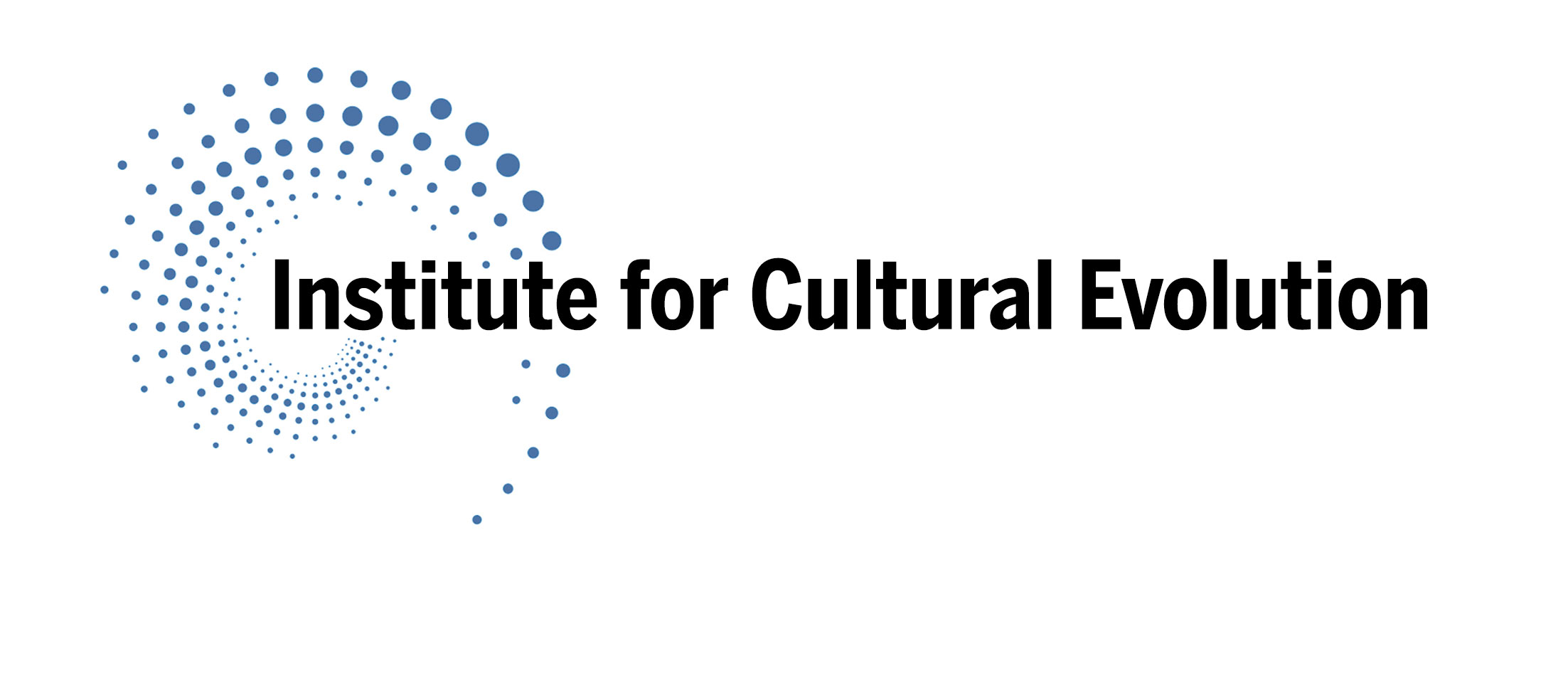
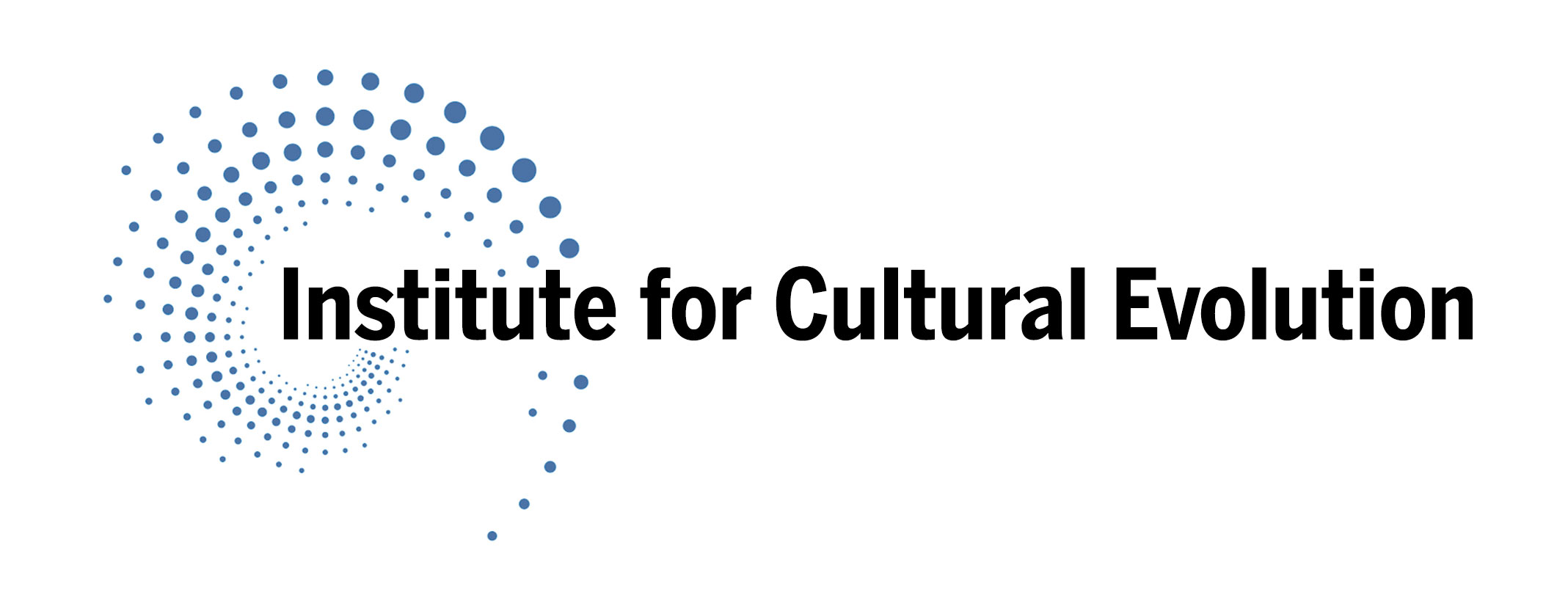
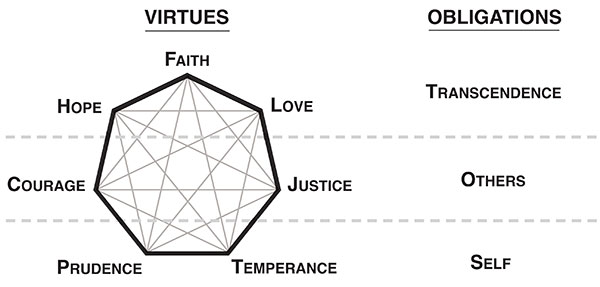
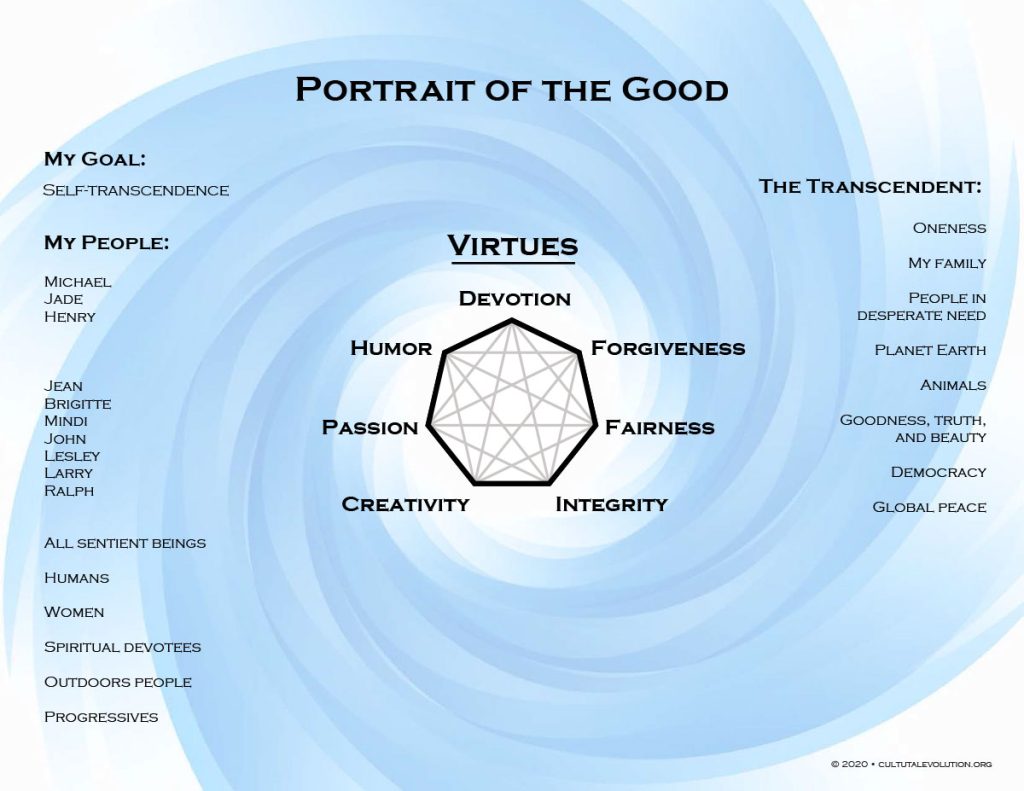
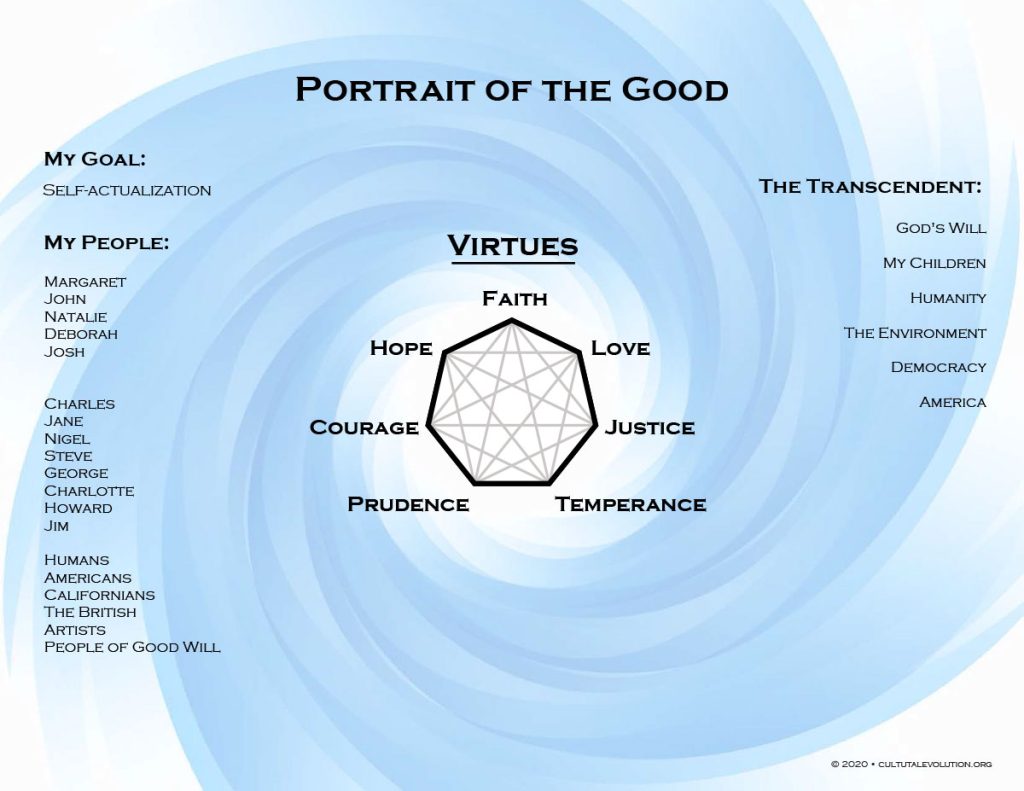
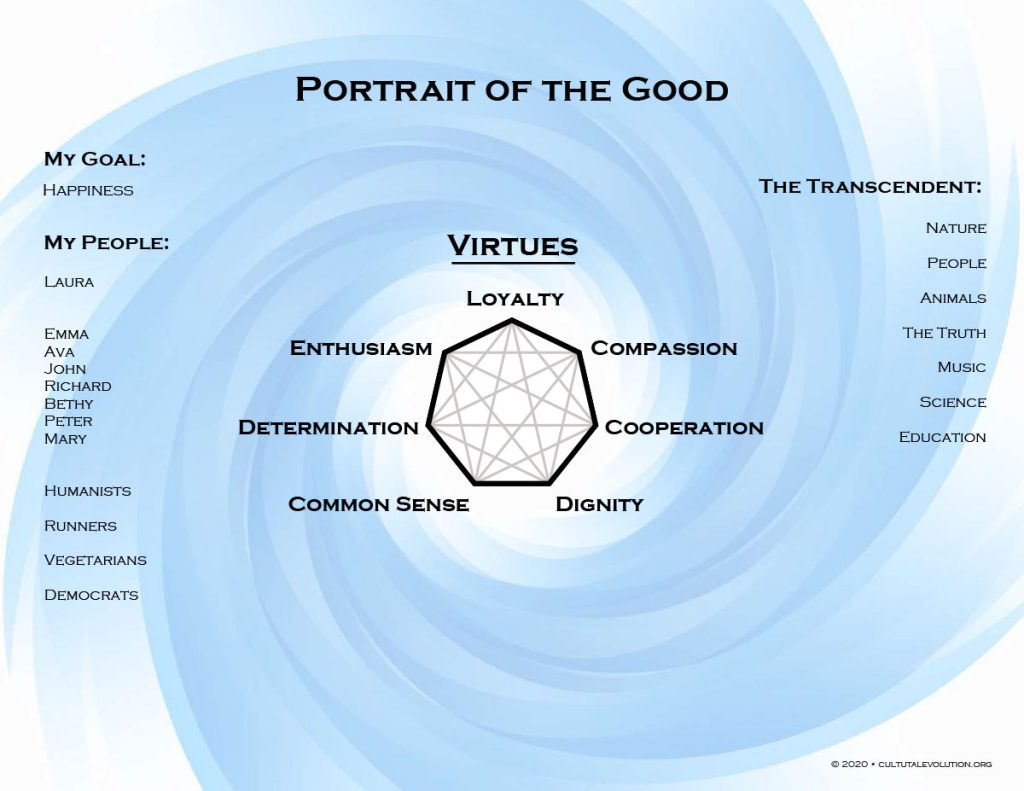
Cultivating a dialectic between all the polarities involved here will require the kind of kindness and nuance that only an integral, developmental view can bring. The fact that integral theory is being applied here gives me hope!
It appears that synthesis may involve compromise, but compromise is not a synthesis. It makes me think of this Clive Crook quote:
“The politically engaged — progressives and conservatives alike — mock the disenchanted majority for asking, ‘Why can’t we all just get along?’ In one way, they’re right: Politics divides, and it should. In another way, they’re wrong. Getting along doesn’t require milquetoast moderation, flaccid centrism or “moving beyond left and right.” However, it does require some willingness to compromise, some curiosity about what might be valuable in the other side’s point of view, and some minimal attention to the civic virtues of tolerance and restraint,”
Stuart Brand’s notion of pace layering may be relevant here. Some things move faster than others. In particular, infrastructure, which seems slow, actually moves faster than governance, which moves faster than culture.
So while addressing slow-moving cultural development is critical, it does not necessarily compete with making faster-moving (but still slow!) structural changes. Those structural changes are often essential catalysts to shifting value systems.
The truth is that beyond the “values” that underly any political camp/stance is an ever ascending conscious evolution from lesser to greater truth. Without this understanding of the nature of life, political debate is intellectual exercise without end.
And is it not the continual unfoldment of the realization of ever-higher truth by both individuals and groups the story of life?
Consciousness is at the core of all things – the continual defining and redefining of political groups and their underlying values may provide a springboard for intellectual analysis, but it does not get to the core of things.
The structural solutions that are needed issue forth from fundamental consciousness shifts that are inaugurated from within the heart and not the intellect. The intellectual process by definition multiplies viewpoints ad infinitum, whereas the heart can recognize truth in it’s ascending expression – depending of course on the individuals preparation for these various stages of realization.
In this way, political, social, and economic reform can only be permanently brought into existence through a change of heart/consciouness. The history of the human race is a chronicling of these shifts of consciousness, and in that way it is in perfect accord with itself. The structural changes (i.e. – laws and supporting institutions) that are required to support a more evolved state of affairs originate in the heart with feeling, as that is required for the changes to become permanent. It is a basic law of manifestation that strong feeling must accompany thought for a change to come into existence.
The British people determined after WW 2 that they wanted to make sure that every British subject would have health care regardless of social rank. It was a decision of the heart and it became permanent and remains unquestioned.
In America, even an ultra conservative today would not condone slavery or child labor in factories – and so must go the shared determination that the tolerance of huge income, educational, and health disparities will eventually become relics of a more barbarous past as the group consciousness shifts to into ever higher levels of truth.
Polarity is a fact of the physical universe – Yin Yang, Dark Light etc and is immutable. World culture is not in stagnation – it is dynamic and evolving, and consciousness is quite varied, as one would expect. The conflictual dynamic that is American politics has been going on since 1776 – and unless the source of life decides to change the game and restructure the universe, I expect it will continue as such.
As a “withdrawn citizen”-one who has kept himself outside the vehement public debates (national, state and local)-I have long felt there was no place for me in the political discourse. The cacophony of turf protectionism has turned me, and I suspect many, many others, away from our civic responsibilities. We have abandoned the discourse because it has been defined as a battlefield by the deep left and the deep right. We, in the center, are left as fodder to be churned up in the culture war. I was so encouraged to have heard from Carter about the formation of ICE, and it is heartening to think that this political stalemate we are in may well not be visited upon my children and grandchildren.
I agree that the underlying cause of dysfunction in American politics cannot be solved through the usual strategies of campaign finance reform or changing the election process.
Instead, what I think will help is to understand and embrace the underlying needs and values that are expressed by both progressives and social conservatives, even if we are uncomfortable with the positions that arise from them.
Note here that I see a distinction between values and strategies — values being the underlying needs that give rise to specific political positions.
For example, a person might value having respect for authority, and one of their positions that arises from this is that the Pledge of Allegiance should be required in all public schools.
But of course, there are many ways for the underlying value, “respect for authority,” to be expressed, so it’s vital that we differentiate the underlying value from the specific position in order to get anywhere.
Once we can acknowledge everyone’s values, rather than to marginalize them or even resign ourselves to half-hearted compromises — a “middle ground” where both sides share the resentment 50-50 – we have a chance to overcome the win/lose mentality that permeates political dialogue.
I also appreciate how the authors illuminate the American political landscape with three main groups:
1) Progressive: The far left.
2) Traditional: Far right.
3) “The Establishment:” Moderate Democrats and moderate Republicans, both of whom value results more than principles and want to get things done.
Here is the question I am working with: How might we transcend the worn-out “either/or” thinking, and integrate the best of progressive values with the best of traditional values, and synthesize them in a way that not only tolerates but actually celebrates all of them?
It’s a tall order, to be sure, but at least asking myself this question leads me toward ways to do just that and helps me to overcome my habitual “win/lose” way of thinking. Hopefully this makes me an agent for change in overcoming polarization and moving into integration with my involvement with American politics.
The statement: IT TAKES TWO TO TANGO comes to mind as read. What was helpful for me (Progressive Left) was the importance of looking within. This is what liked about what I read. Identifying the values helps one appreciate what each person stands for or you might say is fighting for. I think most people are not aware of what they value. Values seem to get lost in the mist of it all.
Thank You